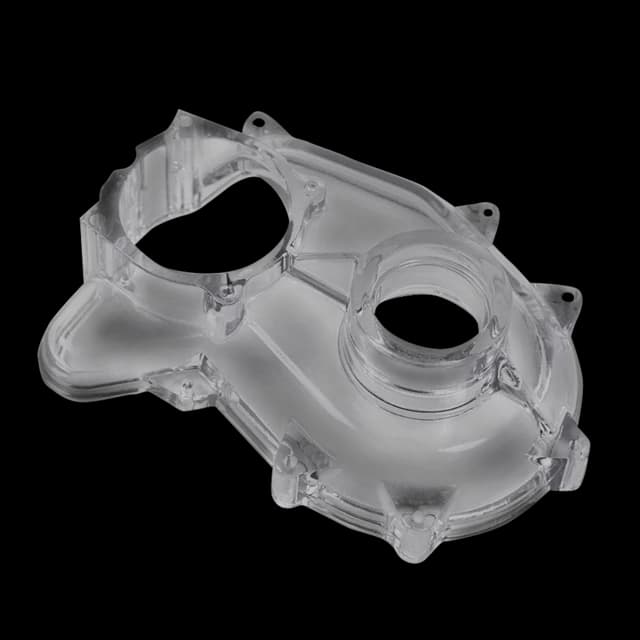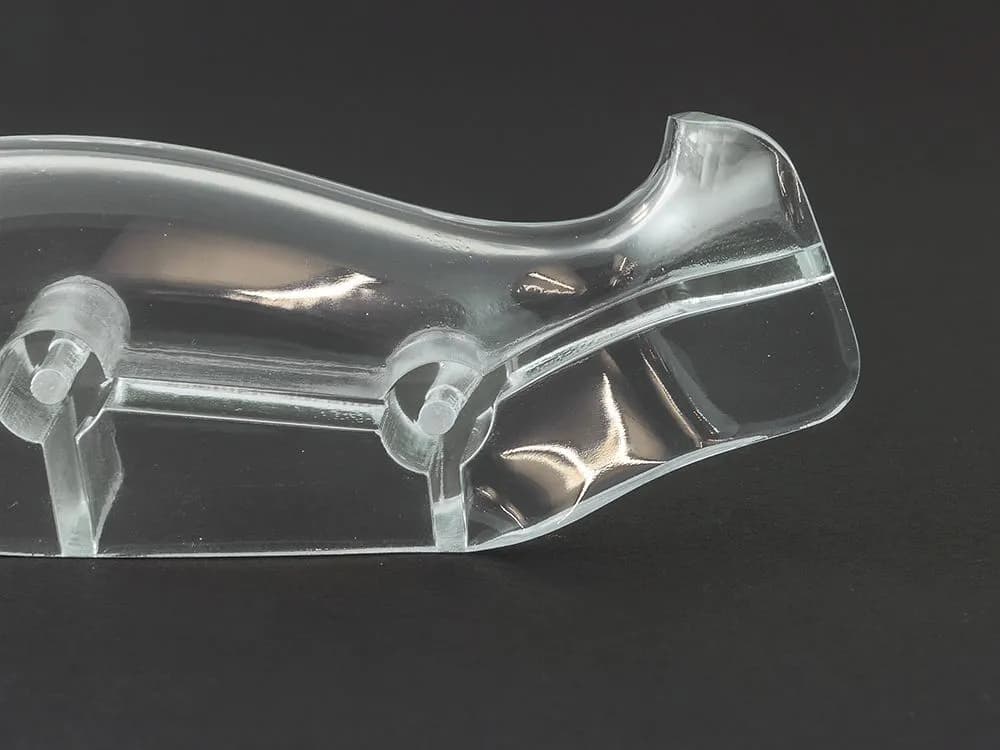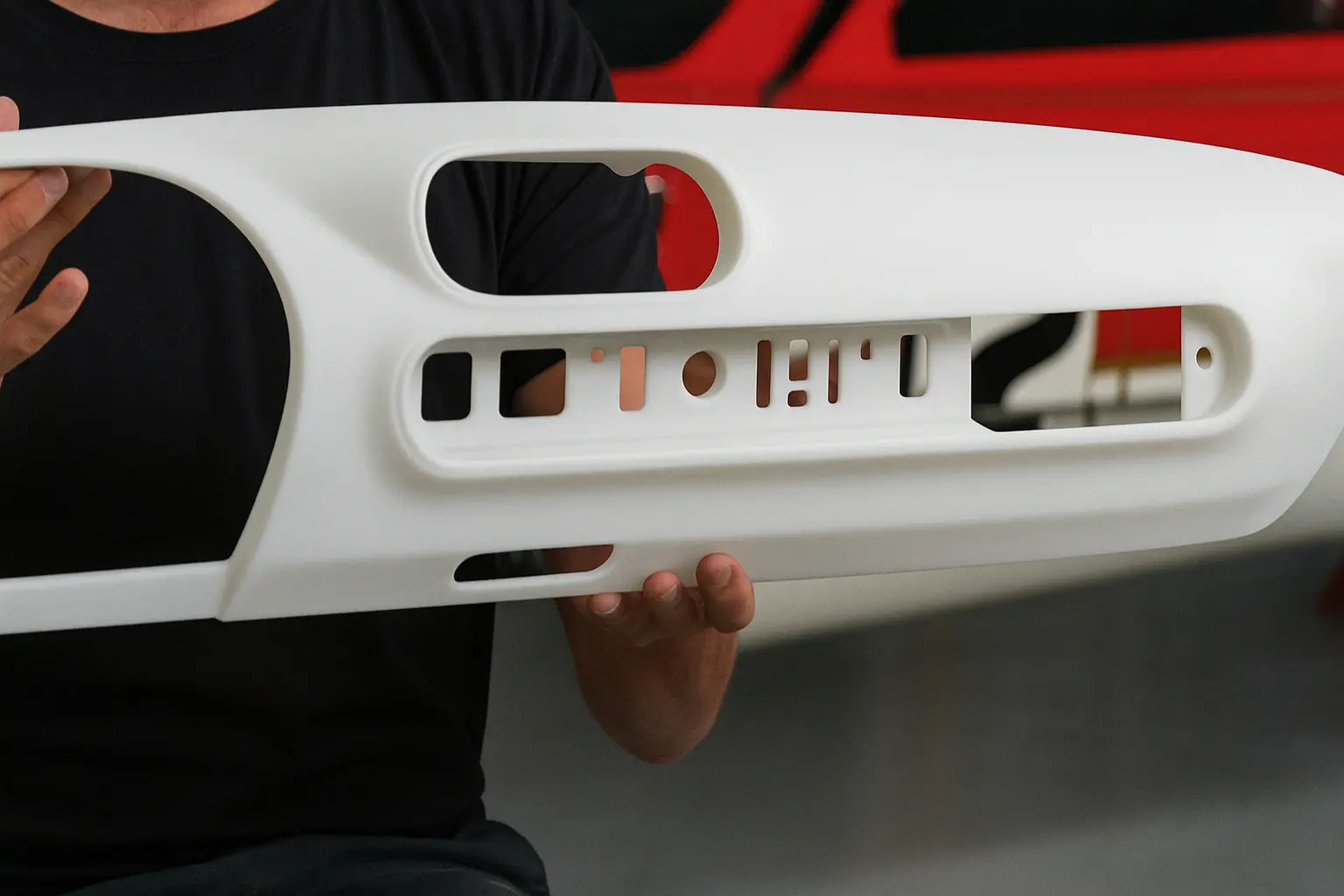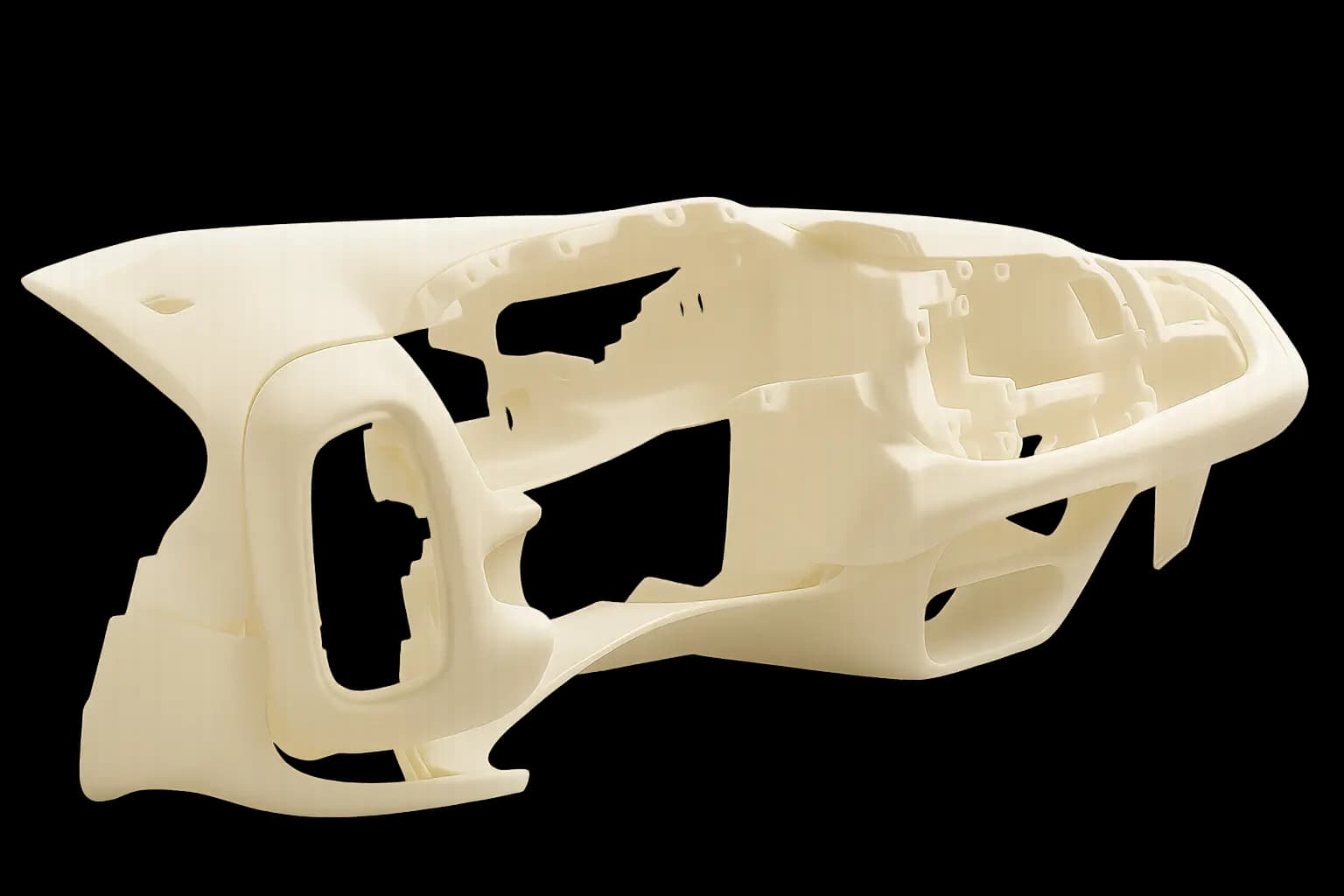USP Class VI ClearVue enables patient-specific surgical guides and instrument prototypes with certified biocompatibility. The material's clarity allows visualization while maintaining medical safety.
Key Applications
- Patient-specific surgical guides
- Surgical instrument prototypes
- Temporary implant models
- Surgical training models
Performance Data
Maintains biocompatibility after steam sterilization at 134°C, with documented USP Class VI certification for FDA submissions.







